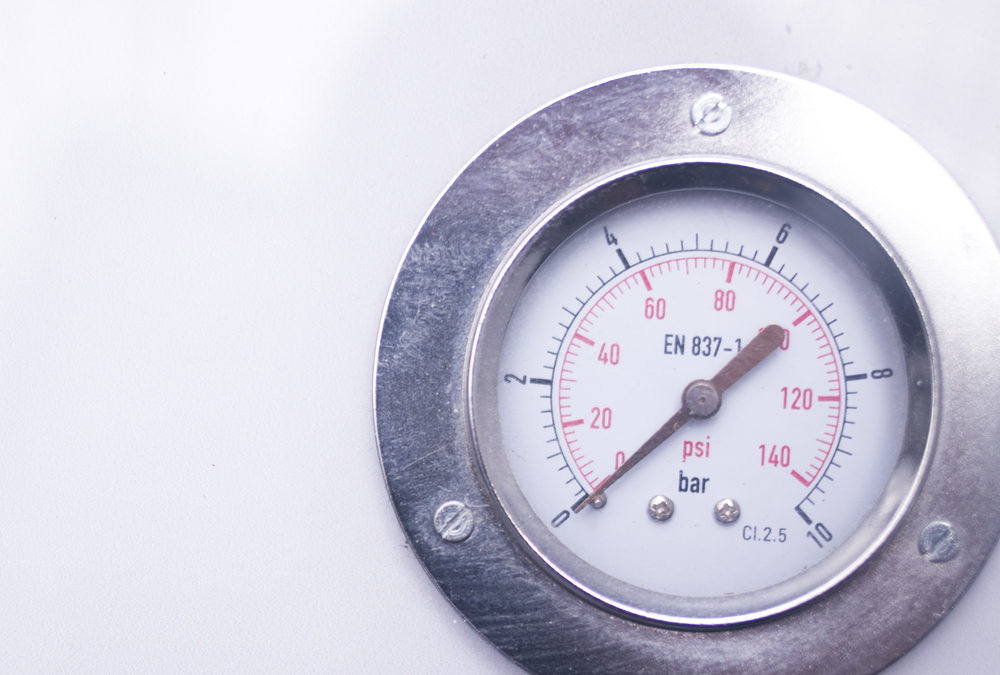We have a special treat for you today – a guest post by the esteemed Dr. Helen Gelly, CEO of HyperbaRXS in Atlanta, GA. In the exclusive article below, she crystallizes a lot of the issues surrounding Targeted Review and Education (TPE). Enjoy, it’s a great read!
Hyperbaric oxygen therapy has come under increasing scrutiny in the past three or four years. Although years in the making, the sharp rise in interest in the potential fraud and abuse and overutilization can be traced back to 2014. It started with the AMA RUC looking at 991831 as a code that had never been previously reviewed, and had reach over 500,000 services, and a Supplemental Medical Review Contractor (SMRC) review of G0277and 99183 where over 50% of the claims reviewed were either never responded to or were found to be inappropriate in some way. This led the way for hyperbaric services to be deemed a group that has a high likelihood of having improper billing and payment.
Prior Authorization2 was the next step in this process. Implemented in 2015 in three states, Michigan, Illinois and New Jersey, it focused on hospital outpatient departments, requiring the patients’ medical records to be reviewed and a decision made on appropriateness of the request for PA. In the overview of this process, again, about 50% of the requests for PA were denied3. Since these MACs were finding cost savings in these states, MAC intermediaries implemented a pre-payment review process independent of the PA process, and completely within their current prevue. Again, in some published results, denials for care that had already been rendered were well over 50%, and in most cases were over 90%.4
This overwhelming trend of high rates of denials has put hyperbaric oxygen therapy even more firmly in the crosshairs of CMS and the Federal government. In 2017, hospital outpatient hyperbaric therapy was number one in the OIG Work Plan for 20175. The reduction in treatments for 2016 over 2015 (from 681,121 to 619,008) represents the first time in a decade that there was no growth in HBO utilization6.
The potential for savings, and the apparent level of denials and therefore implied fraud, abuse and overutilization, has prompted CMS to give the MACs a new strategy for the review process, Targeted Review and Education (TPE)7. All MACs will need to implement this in areas of concern, and hyperbaric oxygen therapy has already started appearing on the work plans of the Medicare intermediaries8,9.
The differences in Prior Authorization, pre-payment review and this process of TRE are stark in some ways and opaque in others. In Prior Authorization, the review is done prior to the therapy being given. In Pre-payment review, the therapy has been given, but the review is done prior to payment. This puts both hospitals and physicians at risk for non-payment, and triggers a lengthy appeals process.
According to CMS website, TRE7 “will select claims for items/services that pose the greatest financial risk to the Medicare trust fund and/or those that have a high national error rate. MACs “will focus only on providers/suppliers who have the highest claim error rates or billing practices that vary significantly out from their peers,” and “These providers/suppliers and specific items/services are identified by the MAC through data analysis.”10
After the analysis and a review of 20-40 claims, an education session will be held with the provider, and then their claims will be re-assessed in 6-8 weeks to monitor for a reduction in error rates11. If they have not improved then another educational session will be provided, and so forth until three rounds have been completed. If the provider is found not to have reduced their error rate, then the MAC will notify CMS for additional action, which according to CMS may include 100% pre-payment review, extrapolation, referral to a RAC auditor or other action. However, if these claims are denied, then the normal appeals process will still hold, and you can go through redetermination, reconsideration and onward to Administrative Law Judge and beyond. If your appeal is upheld, that will count towards reversing the high error rate calculation.
Novitas (Jurisdictions H and L)8, and WPS (Jurisdictions 5 and 8)9 have announced that they will start reviewing hyperbaric claims. Novitas is focusing on G0277, while WPS is including both G0277 and 99183 in its probe. Although TRE met with some positive reviews in the pilot programs, the risk for hyperbaric oxygen is the uncertainty of the criteria that will be used to determine appropriateness of care and patient selection.
As hyperbaric practitioners, we will need to be aware of these new Medical Reviews, and be vigilant in tracking what they are asking for, what reasons they are using to deny claims, and how effective our appeals are, as we face this new challenge.
- https://strategichs.com/smrc/y1p4-hyperbaric-oxygen-therapy-hbo-services/
- https://www.cms.gov/Research-Statistics-Data-and-Systems/Monitoring-Programs/Medicare-FFS-Compliance-Programs/Prior-Authorization-Initiatives/Prior-Authorization-of-Non-Emergent-Hyperbaric-Oxygen.html
- https://www.cms.gov/Research-Statistics-Data-and-Systems/Monitoring-Programs/Medicare-FFS-Compliance-Programs/Prior-Authorization-Initiatives/Downloads/HBOPriorAuth_StatusUpdate_111616.pdf
- https://www.palmettogba.com/palmetto/providers.nsf/DocsCat/Providers~JM%20Part%20A~Medical%20Review~Results~AN2HZP5535?open
- https://oig.hhs.gov/reports-and-publications/archives/workplan/2017/hhs%20oig%20work%20plan%202017.pdf
- https://www.codemap.com/cpt.cfm?cpt_code=99183
- https://www.cms.gov/Research-Statistics-Data-and-Systems/Monitoring-Programs/Medicare-FFS-Compliance-Programs/Medical-Review/Targeted-Probe-and-EducateTPE.html
- https://www.novitas-solutions.com/webcenter/portal/MedicareJH/pagebyid?contentId=00158901&_afrLoop=135150444746105#!%40%40%3F_afrLoop%3D135150444746105%26contentId%3D00158901%26_adf.ctrl-state%3Dex2fn6hyo_4
- https://www.wpsgha.com/wps/portal/mac/site/eligibility/news-and-updates/hbo-g0277-99193-per-session/!ut/p/z1/jZBLCsIwEIbP4gHCpA32sayiBmmom2rMRiKNbUDT0FQFT2_AtWlnN_C_-EAAB2HkS7dy1L2Rd_-fRXI5UJrQKMNlFTOMC7Y9kk1WrqpoCaeAgOAdATHHj_9cgef5AwIRjt9PFXgC8cDWrAVh5dghbW49cKPeDknToKdt5Kgc8O7aoxbHaYryPMoJsmpATjnnOfqRIlDzwzQ11D7qmn9KinWx-ALOBUSx/dz/d5/L2dBISEvZ0FBIS9nQSEh/
- https://www.cms.gov/Research-Statistics-Data-and-Systems/Monitoring-Programs/Medicare-FFS-Compliance-Programs/Medical-Review/Downloads/TPE-QAs-10-25-17f.pdf
- https://www.cms.gov/Research-Statistics-Data-and-Systems/Monitoring-Programs/Medicare-FFS-Compliance-Programs/Medical-Review/Downloads/TPE-Pilot-Flow-chart06-20-17v9-final.pdf

Dr. Fife is a world renowned wound care physician dedicated to improving patient outcomes through quality driven care. Please visit my blog at CarolineFifeMD.com and my Youtube channel at https://www.youtube.com/c/carolinefifemd/videos
The opinions, comments, and content expressed or implied in my statements are solely my own and do not necessarily reflect the position or views of Intellicure or any of the boards on which I serve.



